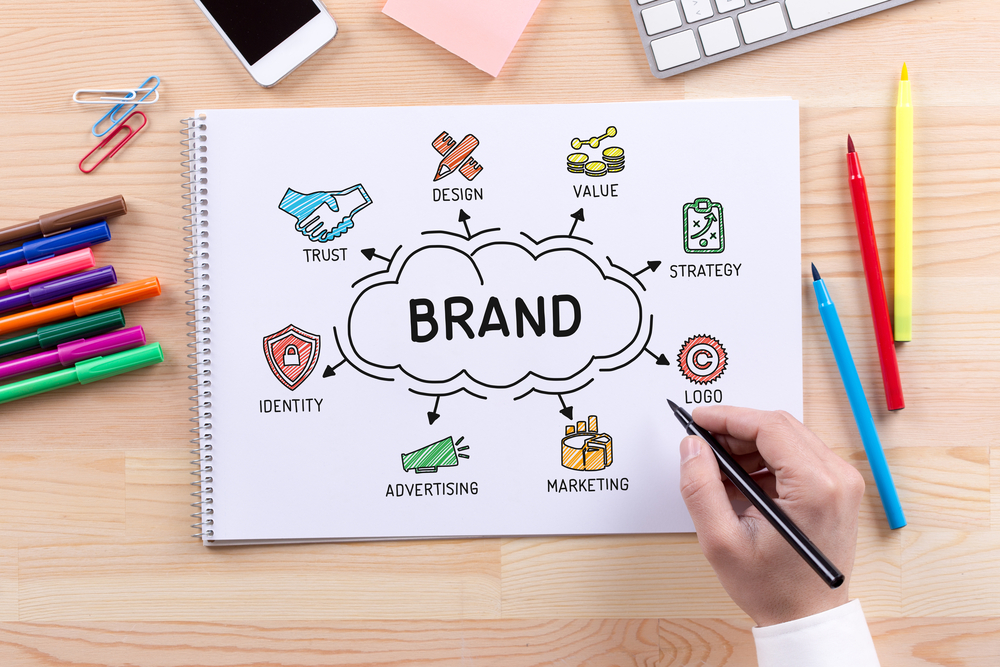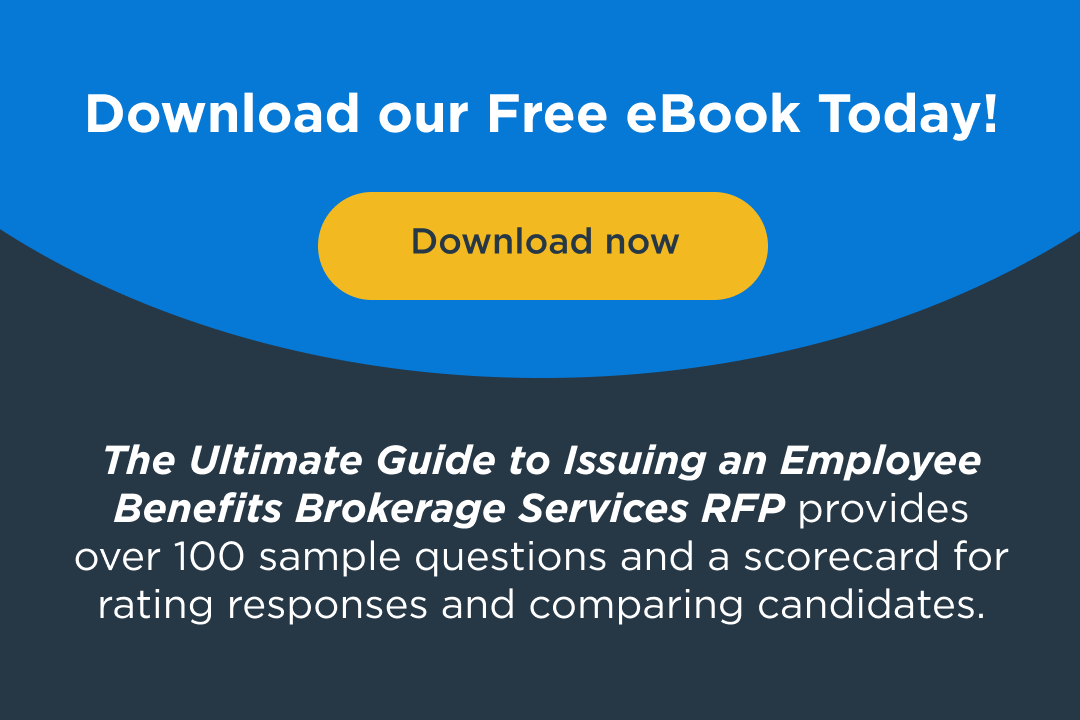Why Branding Your Employee Benefits Program Matters — And Who’s Doing It Right
May 17, 2025

In an increasingly competitive job market, offering a robust benefits package isn’t enough. Employees want to feel connected to the programs offered to them—and that connection often begins with clear, compelling communication. That’s where branding your employee benefits program comes in.
Just like a company builds a brand for its products or services, branding your benefits program helps position your offerings in a way that’s accessible, memorable, and aligned with your organization’s culture. It turns a list of benefits into a story—and one that employees actually want to engage with.
So why should employers consider branding their benefits programs, and what does that look like in action? Let’s break it down.
The Case for Branding Your Benefits Program
1. Improved Awareness and Engagement
Even the most generous benefits programs are only effective if employees know they exist—and understand how to use them. A branded benefits program cuts through the noise and creates a unified theme that makes it easier for employees to remember and engage with offerings.
2. Stronger Internal Identity and Culture
A branded program can reflect your values as an organization. Whether it’s wellness, flexibility, family, or innovation, the name, look, and feel of your benefits can reinforce your culture and mission.
3. Competitive Edge in Recruitment
A strong benefits brand helps differentiate your organization in a crowded talent marketplace. Prospective hires are more likely to remember and be impressed by a thoughtfully branded program than a generic list of perks.
4. Better Communication Across Channels
A cohesive brand allows HR teams to create campaigns, onboarding materials, portals, and emails that all feel unified and professional. This helps increase trust and clarity in communication about benefits.
Real-World Examples: Companies Who’ve Done It Right
Here are 10 employers who have successfully branded their benefits programs—each tailored to their company culture and workforce needs:
1. Salesforce – “Wellbeing Reimagined”
Salesforce branded its global wellness program “Wellbeing Reimagined,” highlighting the evolution of employee care in a hybrid work environment. The name implies innovation and employee-centric thinking, resonating with a future-forward tech workforce.
2. Google – “gLife”
Google’s employee benefits brand, “gLife,” captures the company’s culture of holistic support—from healthcare to pet insurance to death benefits. The brand reinforces the idea that Google supports every part of an employee’s life.
3. Microsoft – “Be Well”
Microsoft uses the “Be Well” brand to house its physical, emotional, and financial wellness offerings. The name is short, positive, and action-oriented—consistent with its values of empowerment and inclusion.
4. PepsiCo – “Healthy Living”
PepsiCo brands its wellness benefits under “Healthy Living,” a simple and universal phrase that promotes proactive employee health. The program includes tools for fitness, nutrition, mental health, and chronic condition management.
5. PwC – “Be well, work well”
Professional services giant PwC has developed a branded initiative called “Be well, work well,” emphasizing sustainable high performance. The branding emphasizes balance—something crucial in a demanding, fast-paced industry.
6. American Express – “Healthy Living”
Amex uses a branded wellness hub also called “Healthy Living,” but it’s deeply embedded in the company’s broader culture. It includes employee testimonials and community-building features, helping personalize the experience.
7. Adobe – “Life @ Adobe”
Adobe has created “Life @ Adobe” to brand everything from benefits to culture. The platform presents benefits as part of an integrated employee experience, using storytelling, videos, and design elements to make it inviting.
8. Capital One – “Live Well”
Capital One’s “Live Well” program wraps all employee health and wellness benefits under a unified brand. The messaging focuses on balance, financial wellbeing, and mental health, showing empathy for employees’ full lives.
9. Kaiser Permanente – “Thrive”
Though Kaiser is a healthcare company, its internal employee benefits branding under “Thrive” is both external- and internal-facing. The word conveys vitality and aligns with the company’s broader mission of well-being.
10. LinkedIn – “InDay” and “Invest in You”
LinkedIn uses multiple branded components, such as “InDay” (a monthly day for learning, wellness, or giving) and “Invest in You” (their broader benefits umbrella). These reinforce their culture of development and care.
Tips for Creating Your Own Benefits Brand
If you’re considering branding your own benefits program, here are a few best practices:
- Start with your culture: Choose a name and visual identity that reflects your values and tone.
- Be inclusive and simple: Avoid jargon. Use language that’s clear and accessible to all employees.
- Make it visual: Develop a logo or graphic theme that can be used across emails, intranet pages, booklets, and onboarding materials.
- Create sub-brands if needed: Use consistent naming for subsets (e.g., “Be Well” for wellness, “Grow with Us” for development).
- Use employee voices: Incorporate stories or testimonials to humanize your brand and boost engagement.
- Promote it year-round: Don’t save branding for open enrollment—carry the theme through monthly emails, manager toolkits, and events.
Conclusion
Branding your benefits program is more than a cosmetic change—it’s a strategy to help employees connect with, understand, and value what you offer. When done right, it transforms your benefits from a series of checkboxes into a compelling narrative that attracts talent, supports retention, and reinforces culture.
As the examples above show, leading companies are already ahead of the curve. For employers looking to compete in today’s workplace, a branded benefits program isn’t just a nice-to-have—it’s a smart business move.


